ENG
Good morning Hive people! Today I'm going to tell you about a place that I consider magical for various reasons. The Archaeological Museum of Sperlonga.
For those who don't know Sperlonga, know that it is a town on the border between Lazio and Campania, very popular with summer tourists, thanks to its long beaches of very light sand and a crystalline sea.
The village of Sperlonga is a very pretty hamlet, perched on a hill overlooking the sea.
However, a couple of weeks ago my partner and I decided to go and visit the Archaeological Museum because he had never seen it, and I had visited it with my parents more than 20 years ago!
The peculiarity of this museum is that it is a real inexhaustible source of Roman finds dating back to the 1st century, as where the museum stands today, there was actually a summer estate of the Emperor Tiberius. So much so that today you can visit the Grotto of Tiberius and the pools that were originally used for fish farming.

Of particular interest are the sculptural groups that were discovered and that for decades archaeologists mistook for the Laocoon. In reality, they were all discovered to be sculptural groups from the Odyssey cycle: Polyphemus blinded by Ulysses and his Companions and the monster Scylla who kills six of Ulysses' companions.

It is impressive how well the head of this statue of Ulysses has been preserved: the way the marble was modeled makes his face of a disconcerting expressiveness. It seems made of living flesh!



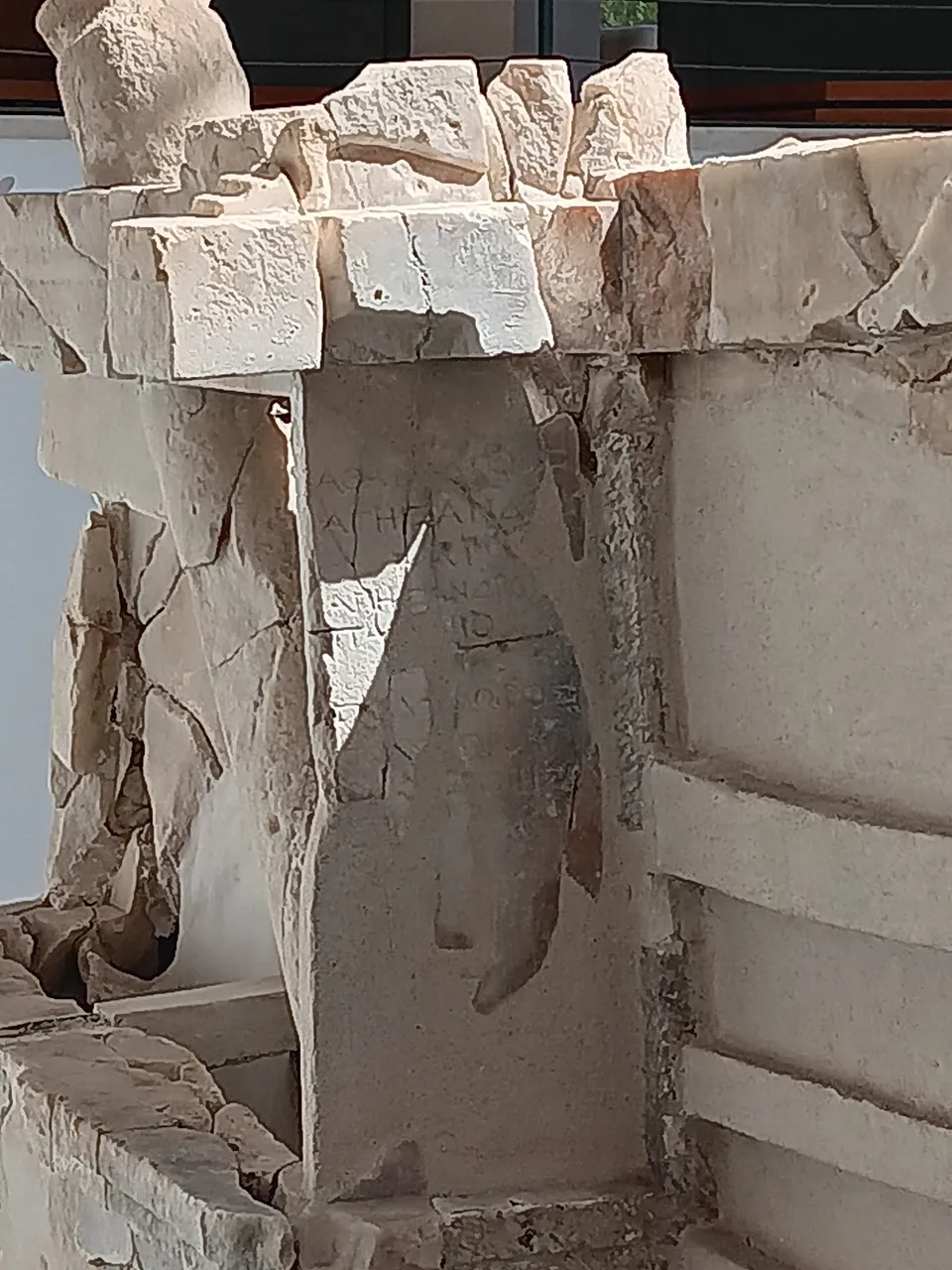
On the Scylla group, you can read the signature of the artist, or rather, of the group of artists who modeled the work.
It goes without saying how spectacular these sculptural groups were, especially if we consider that they were conceived to embellish the cave of Tiberius, exclusively for his pleasure and that of the guests he welcomed in his majestic villa by the sea.
Today, thanks to very faithful reconstructions, we can have a clearer idea and better appreciate their grandeur. Riccardo and I were amazed by the size of the Tiberius cave and the space adjacent to it which was exactly where the Emperor's villa stood.
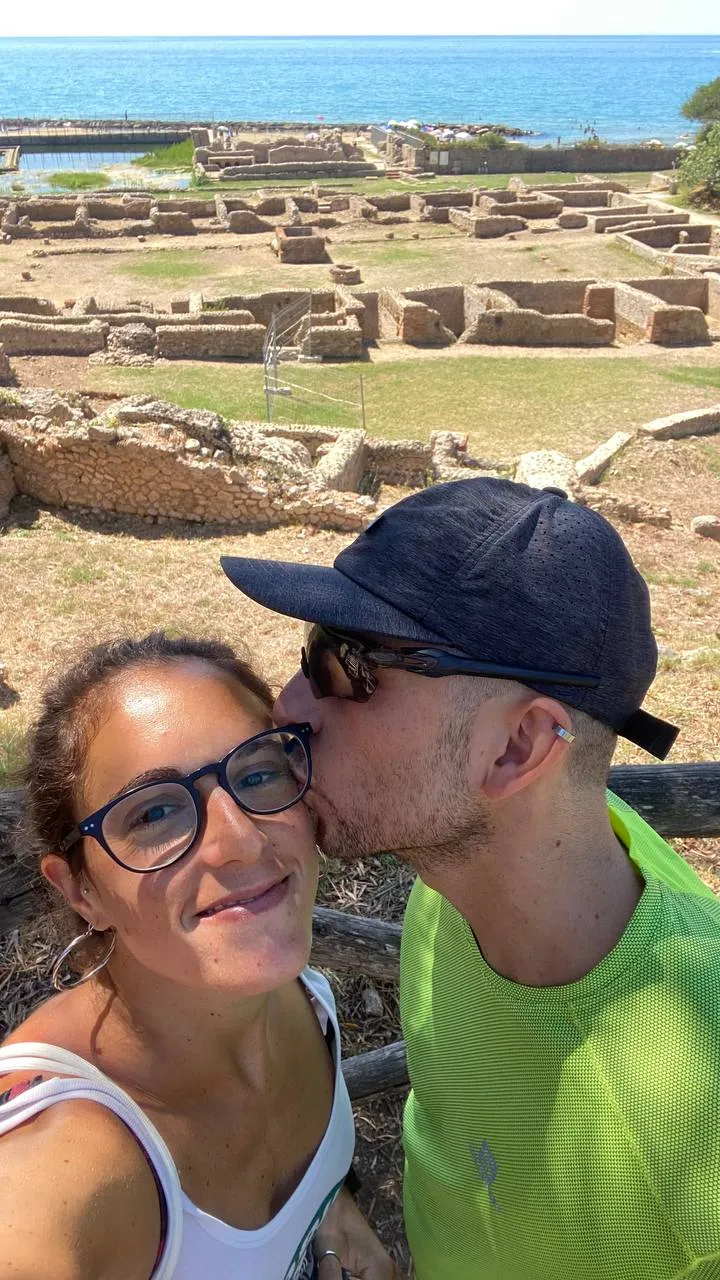
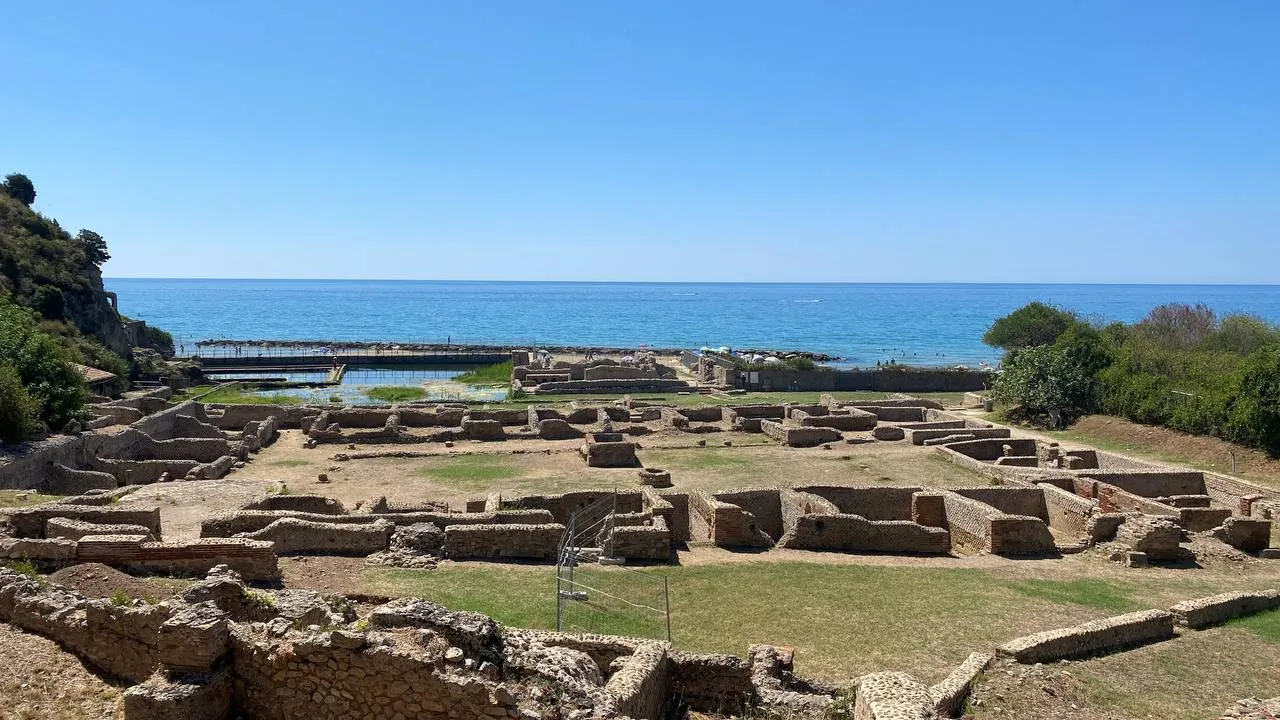

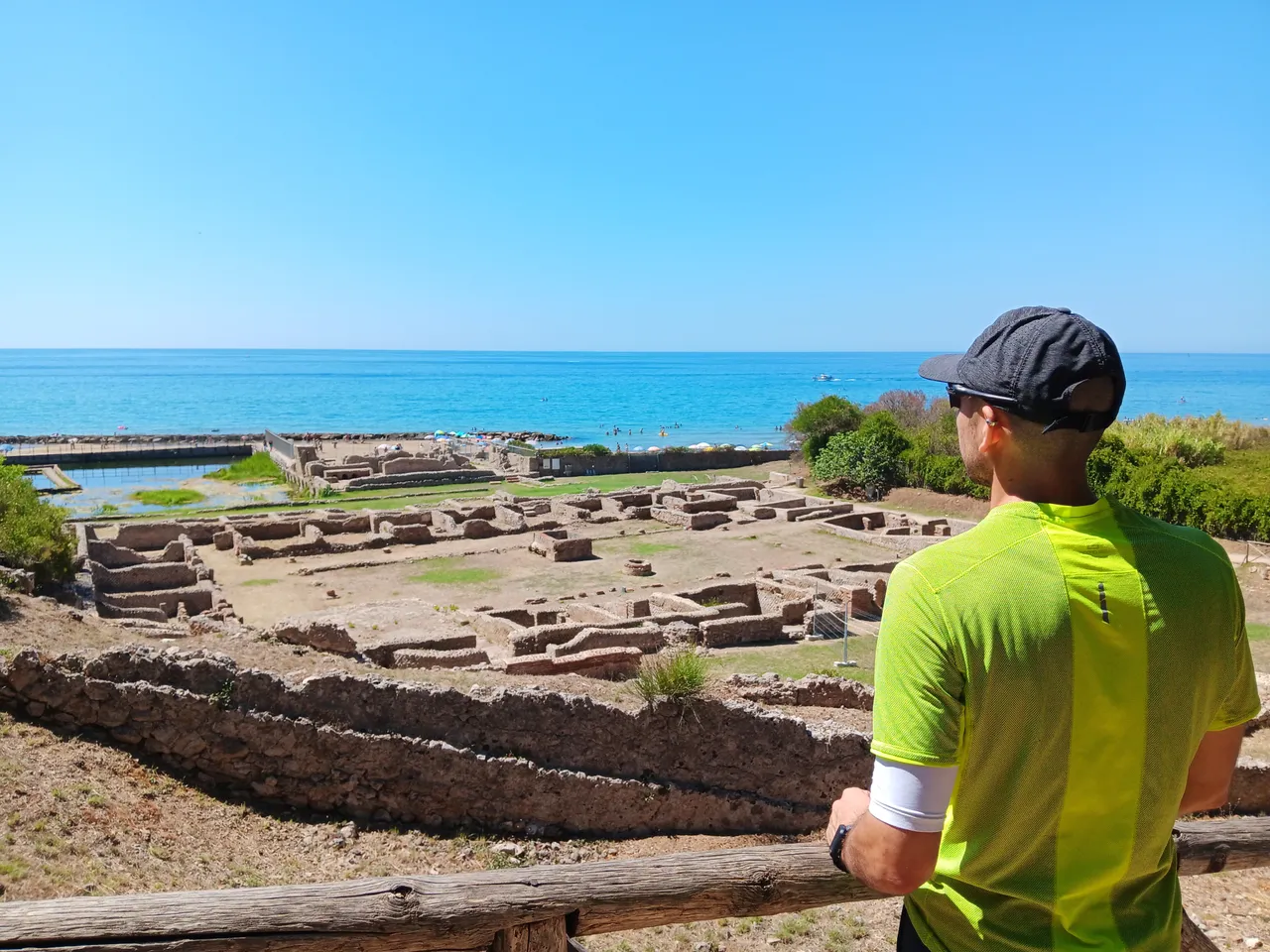
In addition to the main statues, the museum houses a series of mosaics and decorations that adorned Tiberius' villa, with richness and elegance.


Sperlonga is a jewel of the Mediterranean and it is incredible how it has always been; today only very wealthy people can afford a house, even a modest one, with a sea view in Sperlonga... or even right on the beach. It is no coincidence that only the Emperor had one built!
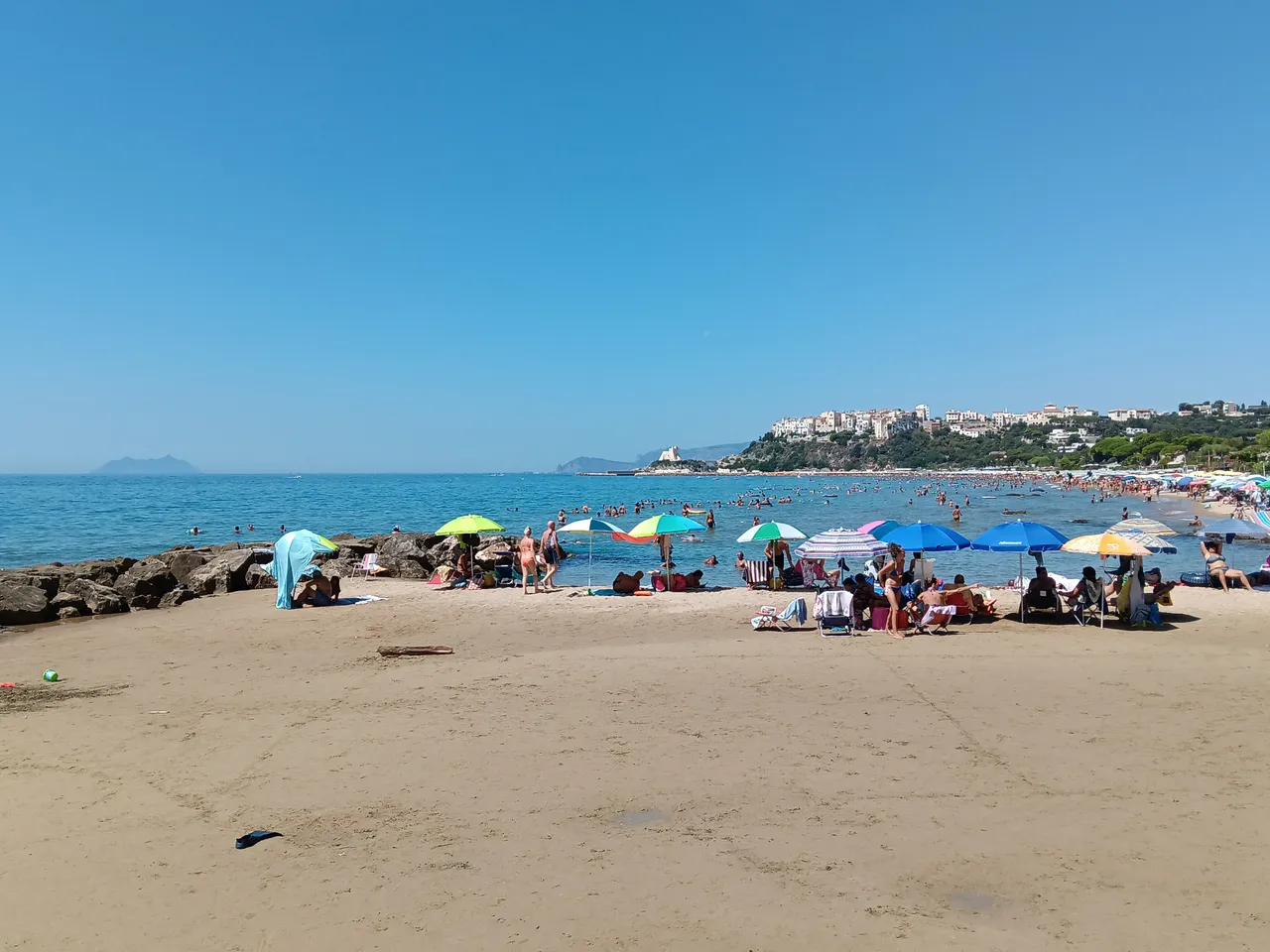

A destination that is well worth a visit, especially if you happen to be around the seaside in those parts.
I leave you the position of @worldmappin here [//]:# (!worldmappin 41.25097 lat 13.44968 long d3scr)
See you soon!
ITA
Buongiorno popolo di Hive! Oggi vi parlo di un posto che reputo magico per vari motivi. Il Museo Archeologico di Sperlonga.
Per chi non conoscesse Sperlonga, sappiate che è una località al confine tra Lazio e Campania, molto gettonata dal turismo estivo, grazie alle sue lunghe spiagge di sabbia chiarissima e un mare cristallino.
Il paesino di Sperlonga è un borghetto molto carino, arroccato su una montagnola a strapiombo sul mare.
Col mio compagno però un paio di settimane fa abbiamo deciso di andare a visitare il Museo Archeologico perché lui non lo aveva mai visto, ed io l'avevo visitato con i miei genitori piu di 20 anni fa!
La particolarità di questo museo è che è una vera e propria fonte inesauribile di reperti di origine romana risalenti al 1°secolo, in quanto laddove oggi sorge il museo, era in realtà una tenuta estiva dell'Imperatore Tiberio. Tanto è vero che ad oggi è visitabile la Grotta di Tiberio e le piscine che originariamente venivano utilizzate per l'allevamento ittico.

Di particolare interesse sono i gruppi scultorei che sono stati rinvenuti e che per decenni gli archeologi hanno scambiato per il Laooconte. In realtà si scoprì essere tutti gruppi scultorei del ciclo dell'Odissea: Polifemo accecato da Ulisse e i Compagni e il mostro Scilla che uccide sei compagni di Ulisse.

È impressionante quanto bene si sia conservata la testa di questa statua dell'Ulisse: il modo in cui il marmo è stato modellato rende il suo volto di un'espressività sconcertante. Sembra fatto di carne viva!




Sul gruppo di Scilla, si legge la firma dell'artista, o meglio, del gruppo di artisti che hanno modellato l'opera.
Inutile dire quanto spettacolari siano stati questi gruppi scultorei, soprattutto se pensiamo che erano stati concepiti per abbellire la grotta di Tiberio, esclusivamente per il suo piacere e quello degli ospiti che accoglieva nella sua maestosa villa sul mare.
Oggi, grazie a delle ricostruzioni fedelissime, possiamo averne un'idea più chiara e apprezzarne meglio la grandiosità. Io e Riccardo siamo rimasti sbalorditi dalla grandezza della grotta di Tiberio e dallo spazio ad essa adiacente che era proprio il luogo dove sorgeva la villa dell'Imperatore.




Oltre alle principali statue, il museo accoglie una serie di mosaici e decorazioni che adornavano la villa di Tiberio, con ricchezza ed eleganza.


Sperlonga è un gioiello del Mediterraneo ed è incredibile come lo sia sempre stata; oggi solo persone molto abienti possono permettersi una casa, seppur modesta, vista mare a Sperlonga... o addirittura, proprio sulla spiaggia. Non a caso solo l'Imperatore ne aveva fatta costruire una!


Una destinazione che merita tantissimo, soprattutto se vi capita di stare in giro al mare da quelle parti.
Vi lascio qui la posizione di @worldmappin [//]:# (!worldmappin 41.25097 lat 13.44968 long d3scr)
A presto!